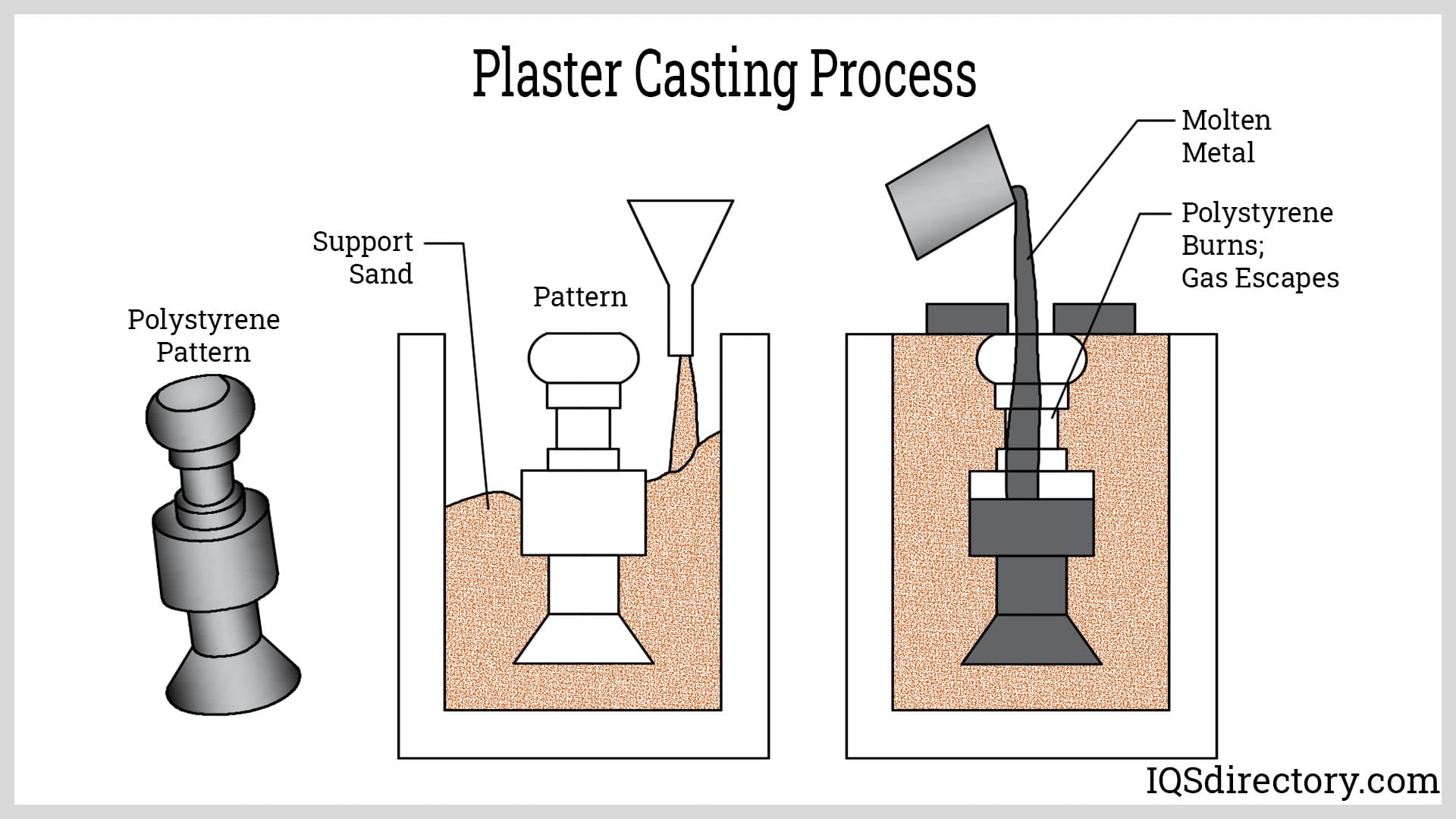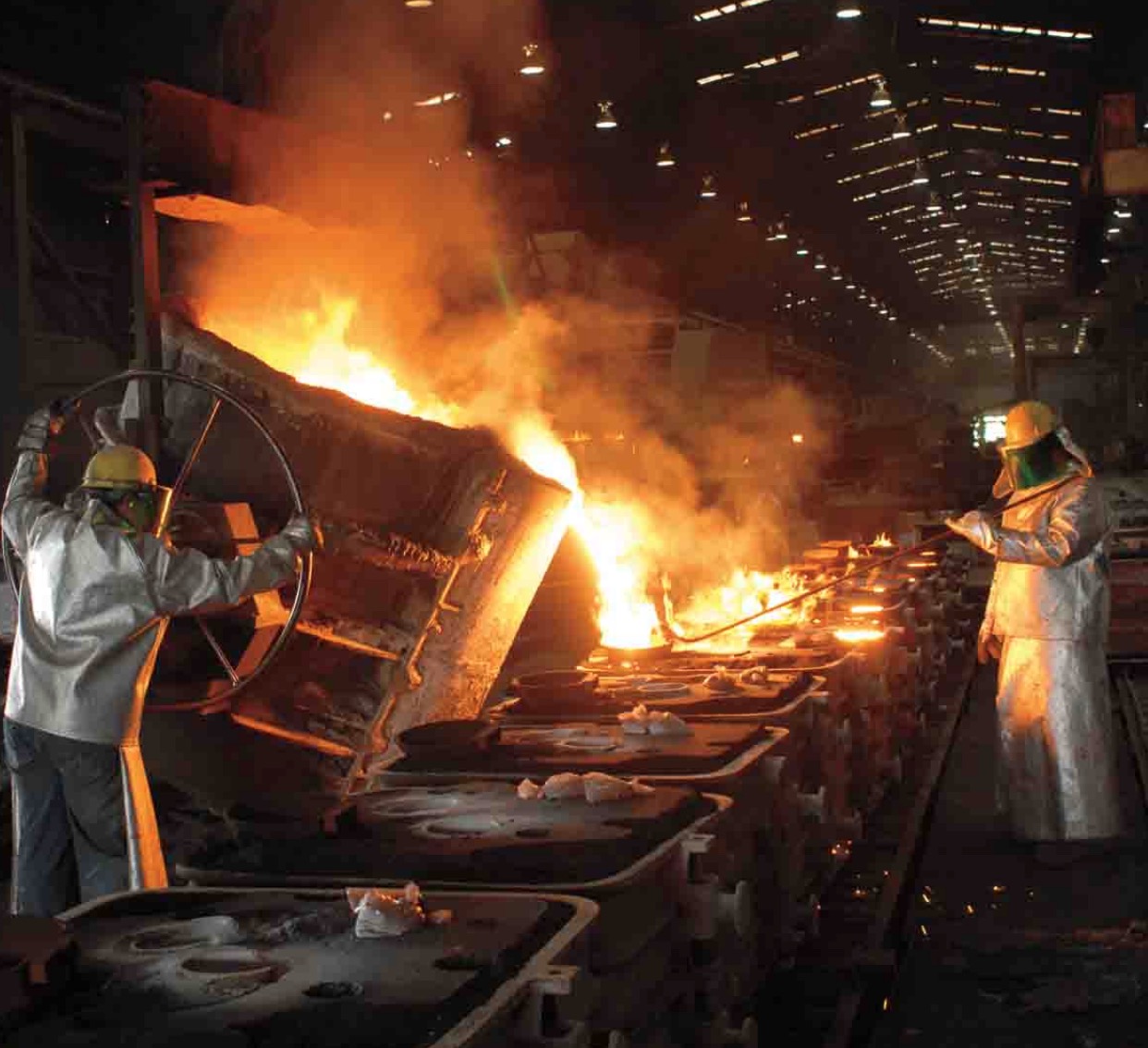Bringing a story to life on screen often hinges on one truly important step: finding the right people to embody the characters. It's a delicate dance, really, where choices made behind the scenes shape how we experience a show, like, say, a beloved series such as Big Bang Theory. The individuals chosen to portray those quirky, brilliant minds make all the difference, don't they?
You see, it’s not just about picking someone who looks the part; there’s a deeper kind of fitting that needs to happen. It's almost like a careful alignment, where each person selected needs to connect with the essence of the character they are meant to bring forth. This particular process, often called "casting," is more involved than many might initially think, and it shapes the very heart of what we see.
When we talk about "casting," it really means more than just a simple selection. It’s about a kind of transformation, where a person steps into a role and, in a way, becomes something new. This idea of changing one form into another, or making sure different pieces fit together correctly, is actually quite a fundamental concept, whether you are picking actors for a show or, in some respects, even dealing with information in a computer system.
- Rashida Jones Parents
- Craig Zegler
- Is Rudy Pankow Married
- Wissam Al Mana Net Worth
- Jada Pinkett Smith Movies And Tv Shows
Table of Contents
- What Does 'Casting' Really Mean?
- Is Finding the Right Fit a Simple Choice?
- The Art of Transforming Types for Casting Big Bang Theory
- How Does Precision Play a Role in Casting Big Bang Theory?
- When the 'Cast' Isn't Quite Right
- Can We Learn from Different Kinds of Casting?
- The Importance of Getting the Right 'Type'
- What Happens When the 'Picture' is There, But the 'Sound' is Missing?
What Does 'Casting' Really Mean?
The word "casting" has a few different uses, doesn't it? In the context of a television show, it's about picking the performers who will play the various parts. But if you think about it, the idea of "casting" also comes up in other areas, like when you're working with information on a computer. In those situations, "casting" might mean changing one kind of data into another, say, turning a collection of letters into a number. This kind of change helps make sure that different pieces of information can work together properly, and it's actually quite similar to how actors need to fit into their roles. You know, making sure everything aligns just so.
Sometimes, people even suggest using a different term, like "convert" instead of "cast," especially when talking about data. This is because "convert" can sometimes feel a little clearer and help avoid confusion about what exactly is happening. For instance, if you are working with dates, you might "convert" a string of numbers and symbols into a proper date format. This clarity is something that is also really helpful in the world of entertainment. When you are casting Big Bang Theory, for example, you are essentially converting an actor's natural abilities and personality into the specific traits of a character, making sure there's no misunderstanding about who they are meant to be on screen.
Is Finding the Right Fit a Simple Choice?
Finding the right person for a part is rarely a straightforward task, is it? It's not just a matter of picking someone at random. In fact, there are usually a couple of main approaches to getting something to fit. You might try to break it down and understand its components, or you might try to alter its fundamental form to match what you need. Think about it: when you're trying to make a collection of letters and symbols become a usable number in a computer program, you can either analyze it piece by piece to extract the numerical value, or you can simply tell the system to treat it as a number. Both ways get you there, but they involve different thought processes. This applies, very much, to the careful process of casting Big Bang Theory, where you are trying to find the ideal match for each character.
This idea of making something fit, or changing its type, is present in many different areas. You might have a broad category of things, let's say "questions" in a general sense, and within that, you need to find a very specific "question" that serves a particular purpose. This is a bit like having a wide pool of talented performers and needing to find the one who perfectly embodies a unique character. The process of casting Big Bang Theory, then, is about sifting through many possibilities to find that one specific individual who makes the role truly come alive. It's a precise task, really, and requires a good eye for detail, so.
The Art of Transforming Types for Casting Big Bang Theory
When it comes to putting a show together, getting the right people in the right roles is incredibly important. It's a bit like making sure all the parts of a complex machine work together smoothly. In a way, you are taking a person, an individual with their own unique qualities, and helping them to transform into a character that exists within the story. This is a kind of type conversion, if you will, where the "type" of the actor needs to align with the "type" of the character. This process is very common in entertainment, just as it is in computer programming where you often change one kind of data into another so that it can be used correctly. For example, when casting Big Bang Theory, the aim was to find individuals whose natural mannerisms or comedic timing could be shaped to fit the distinct personalities of Sheldon, Leonard, Penny, and the others.
There are often clear guidelines or methods for how these transformations happen. Think about how you might decide if something is true or false. Usually, a few specific things are considered "false," like an empty box or the number zero, and everything else is generally considered "true." This kind of clear rule helps in making decisions. Similarly, in the world of putting on a show, there are often unwritten rules or instincts that guide the selection process. Some performers just naturally feel like the "true" fit for a role, while others, despite their talent, might not quite click. This discernment is a key part of the art of casting Big Bang Theory, ensuring that each person selected genuinely embodies the spirit of their character.
How Does Precision Play a Role in Casting Big Bang Theory?
Precision is a really big deal when you are trying to make things work, whether it's in a computer program or when you're choosing actors for a show. For instance, in database operations, getting the exact right kind of information to flow between different parts is crucial. If something isn't quite the right "type," the system might struggle to understand what it's supposed to do. It’s almost like trying to put a square peg in a round hole; it just doesn't quite fit, and the whole process can get stuck. This same need for precision is absolutely vital when you are casting Big Bang Theory. Each character on that show has such specific traits and comedic timing that finding someone who can perfectly embody those qualities is not just helpful, it's truly essential for the show's success, you know.
There are also certain established ways of doing things, or "rules," if you like, about how you connect different pieces of information or different elements. These rules help make sure that everything functions as it should. For example, in the world of computer code, there are specific guidelines about how you can link one piece of information to another, ensuring that the connection is sound and leads to the correct outcome. These guidelines are there to prevent errors and ensure clarity. In a similar vein, when it comes to casting Big Bang Theory, there are often unspoken rules or established practices that guide the selection process, helping to ensure that the chosen performers create a cohesive and believable ensemble. It’s about making sure all the connections are strong.
When the 'Cast' Isn't Quite Right
Sometimes, even with the best intentions, things don't quite line up as perfectly as one might hope. You might try to make a connection, or "cast" something, and find that the outcome isn't what you expected. For example, imagine trying to send your laptop screen to your television, but the picture is jumpy or not clear, especially when there's a lot of movement. And then, to make matters worse, there's no sound coming through! It's a frustrating experience, isn't it? This can happen if the "casting" isn't quite right, if the connection isn't strong, or if the two devices aren't truly compatible. This very much applies to the careful process of casting Big Bang Theory, where a misstep can lead to a less than ideal outcome.
In the context of a show, if a performer isn't quite the right fit for a part, it can feel a bit like that choppy, silent screen. The "picture" of the performance might be there, meaning the actor is on screen and saying the lines, but the "sound"—that essential spark, the genuine connection to the character, the comedic timing that truly lands—might be missing. The performance might feel a bit off, perhaps even "pixelated" or not fully formed, especially during moments that require a lot of emotional movement or quick wit. This is why the process of casting Big Bang Theory demands such careful consideration, to avoid those moments where the performance doesn't quite resonate with the audience, you know.
Can We Learn from Different Kinds of Casting?
It's interesting how the concept of "casting" pops up in so many different areas, isn't it? Whether we're talking about picking actors for a show or dealing with how information is handled in a computer, there's always this underlying idea of making sure the right "type" is used for the right purpose. For example, in the world of computer programming, there are specific ways to change one kind of data into another, like turning a general kind of information into a very specific kind that fits a certain situation. This is a bit like finding a performer who can take on a role that might seem quite different from their usual persona, but they adapt to become the appropriate fit. This idea of adaptation is very important when casting Big Bang Theory, where the performers had to embody very distinct and often exaggerated personalities.
There are also more advanced ways of making these connections, especially when dealing with things that are related but not exactly the same. You might have a general placeholder for information, and you need to "cast" it to a very specific kind of information that is appropriate for the task at hand. This is a bit like finding a versatile performer who can take a general understanding of a character and shape it into the very particular person we see on screen. This dynamic process of making connections and transforming elements is a constant theme, whether you are dealing with computer systems or, in fact, the careful choices made during the casting of Big Bang Theory. It's about making sure everything flows smoothly, and that, is that.
The Importance of Getting the Right 'Type'
The whole idea of "casting" really boils down to getting the right "type" for the job. It's about ensuring that whatever you're working with, be it a piece of information or a person, fits the mold perfectly for its intended use. In the world of programming, this means making sure a number is treated as a number, or a piece of text as text, so that operations can be carried out without a hitch. This focus on "type conversion" is a fundamental part of how many systems operate, because if you don't get the types right, things can go wrong. Similarly, when casting Big Bang Theory, the creators were looking for specific "types" of performers who could embody the unique comedic and emotional qualities of the characters. It was about finding people whose inherent qualities could be shaped into the distinct personalities we came to know and love.
Sometimes, there's a direct way to make something fit, and other times you might try it "as" something else to see if it works. This is a bit like saying, "Let's try this person directly for the role," versus "Let's see if this person can play the role 'as' this kind of character." Both approaches are valid, but they suggest different levels of directness in the fitting process. The goal, ultimately, is to achieve that perfect alignment, where the performer and the character become, more or less, one and the same. This nuanced approach is part of what makes the casting of Big Bang Theory so memorable, because the actors truly became their roles, didn't they?
What Happens When the 'Picture' is There, But the 'Sound' is Missing?
Imagine trying to share your laptop screen with your television. You get the visual, the "picture," but there's no sound. Or maybe the picture itself is a bit jumpy and unclear, especially when things move around quickly. This kind of experience, where one part of the connection is working but another isn't, can be really frustrating. It highlights how important it is for all elements to align perfectly for a smooth and complete experience. This is actually a pretty good way to think about what happens when the casting for a show isn't quite right. You might have an actor who looks the part, who delivers the lines, but something essential is missing, like the "sound" or the smooth flow of the performance.
When a performer doesn't quite gel with a character, the audience might notice that the "picture" is there, meaning the actor is physically present and performing, but the "sound"—that deeper connection, the true essence of the character, the emotional resonance or comedic timing—is absent. The performance might feel a bit disjointed or "choppy," especially during moments that require a lot of genuine expression or quick reactions. It's like watching a scene where the visual is fine, but the audio is off, making it hard to fully engage. This underscores the incredibly high stakes involved in the casting of Big Bang Theory, where every single choice had to contribute to a seamless and truly engaging portrayal of the characters, ensuring that both the "picture" and the "sound" were perfectly in sync.
Related Resources:



Detail Author:
- Name : Mrs. Ashleigh Orn MD
- Username : brook.koepp
- Email : wwuckert@gmail.com
- Birthdate : 1991-04-28
- Address : 6513 Edmond Oval Apt. 989 Santosfort, MD 40140
- Phone : +1.614.952.9529
- Company : Padberg, Reichert and Weimann
- Job : Clerk
- Bio : Vitae quidem voluptatem numquam consequuntur nihil. Et sed quia modi et reprehenderit nihil corporis. Expedita modi corrupti qui est.
Socials
tiktok:
- url : https://tiktok.com/@tina.kuhic
- username : tina.kuhic
- bio : Accusantium et alias reprehenderit laboriosam fuga id.
- followers : 5009
- following : 195
twitter:
- url : https://twitter.com/tina_id
- username : tina_id
- bio : Esse modi enim aliquid quibusdam quia incidunt ut. Earum placeat molestiae ex porro. Ipsum sed aut ipsum aut.
- followers : 749
- following : 1325
instagram:
- url : https://instagram.com/tina_kuhic
- username : tina_kuhic
- bio : Blanditiis excepturi magni consequuntur quia. Repellat amet dolorem officiis autem.
- followers : 4472
- following : 2229
linkedin:
- url : https://linkedin.com/in/tina_real
- username : tina_real
- bio : Pariatur non natus dolorum accusantium.
- followers : 111
- following : 1142